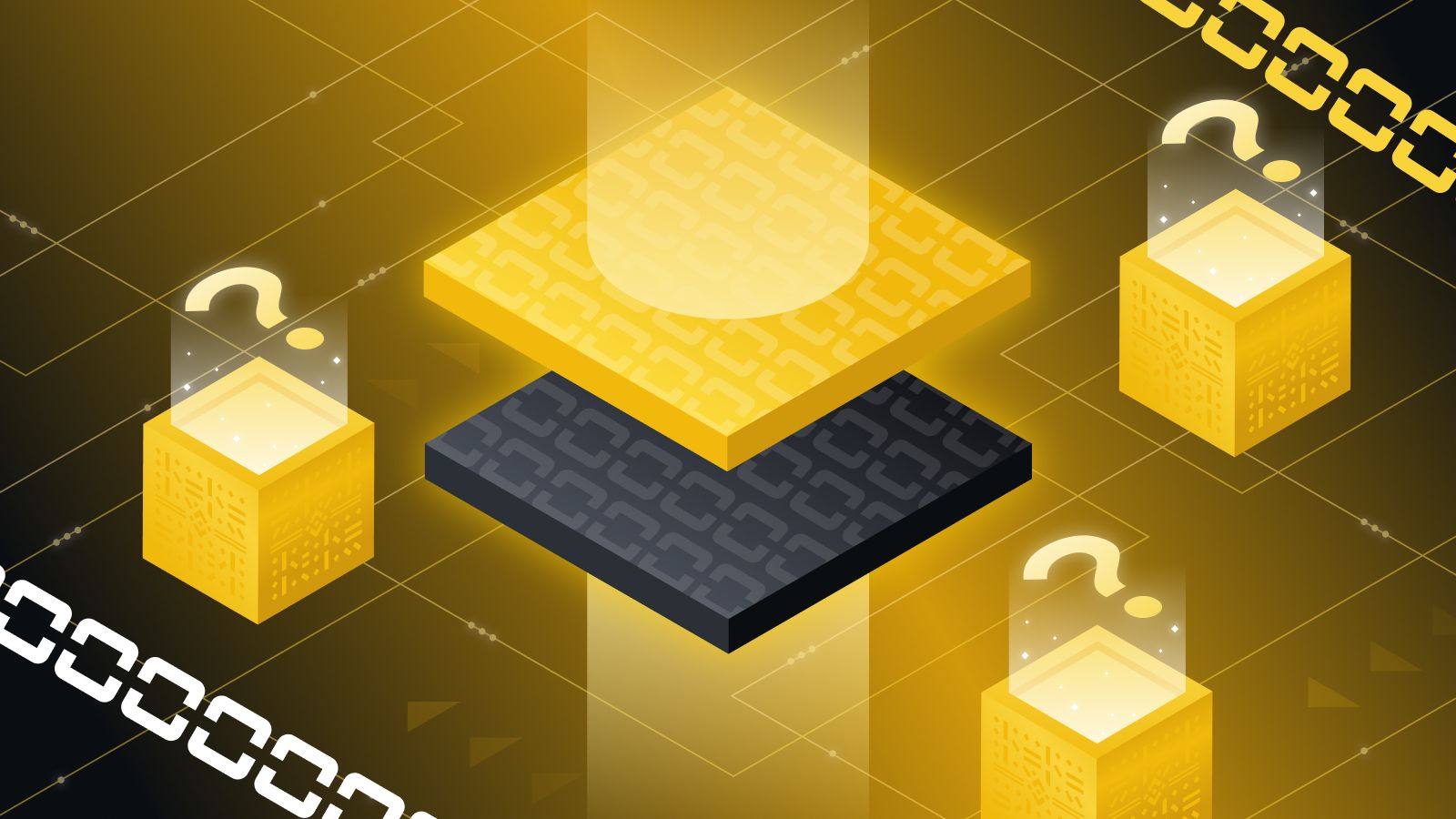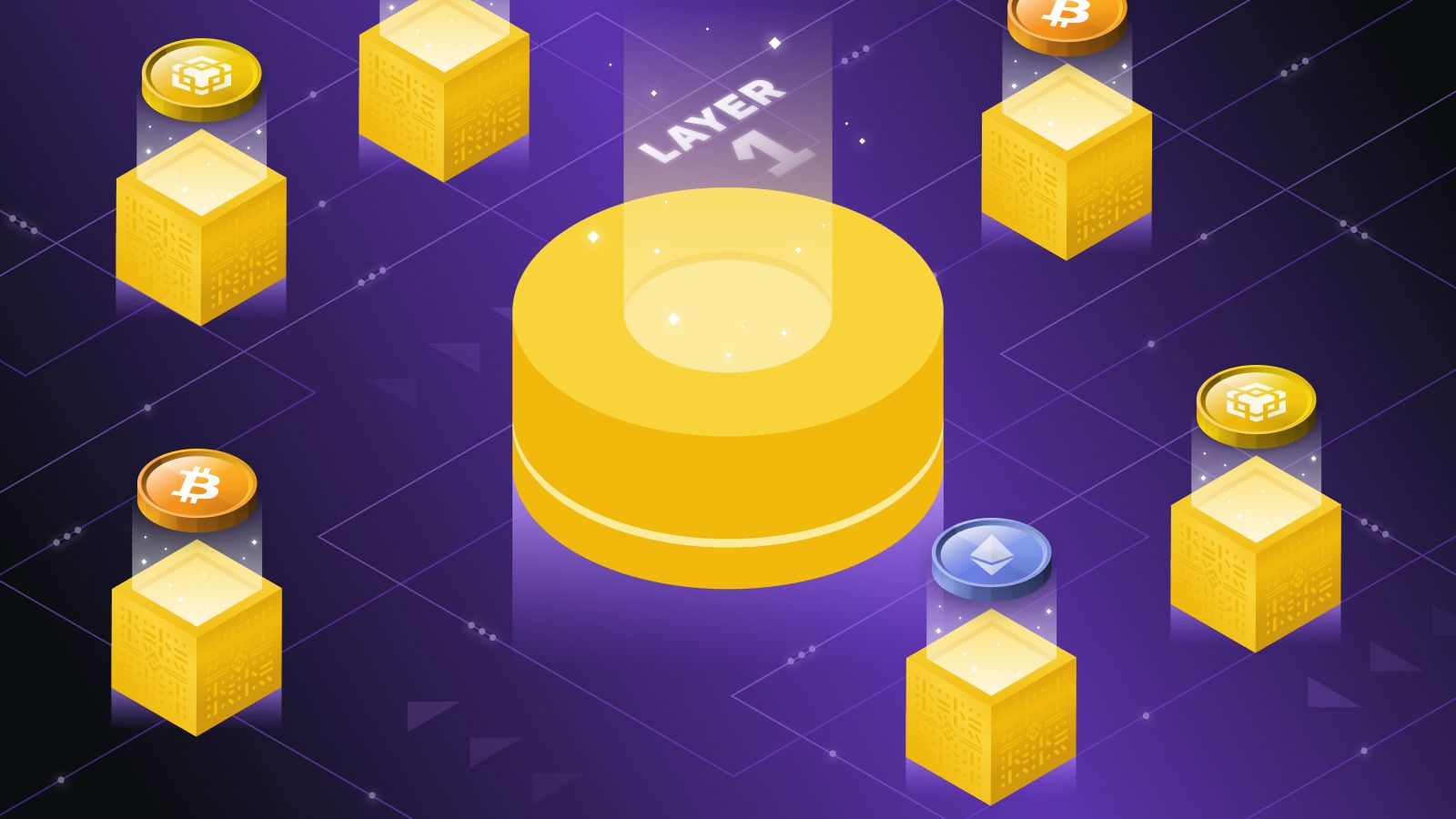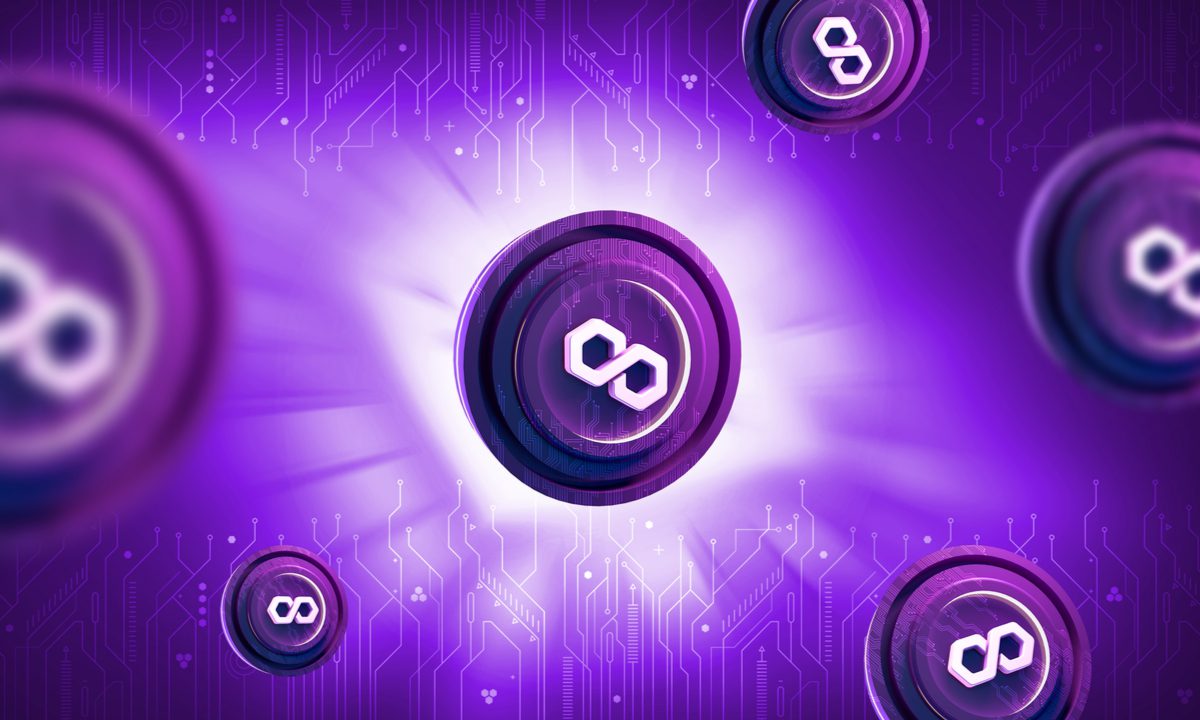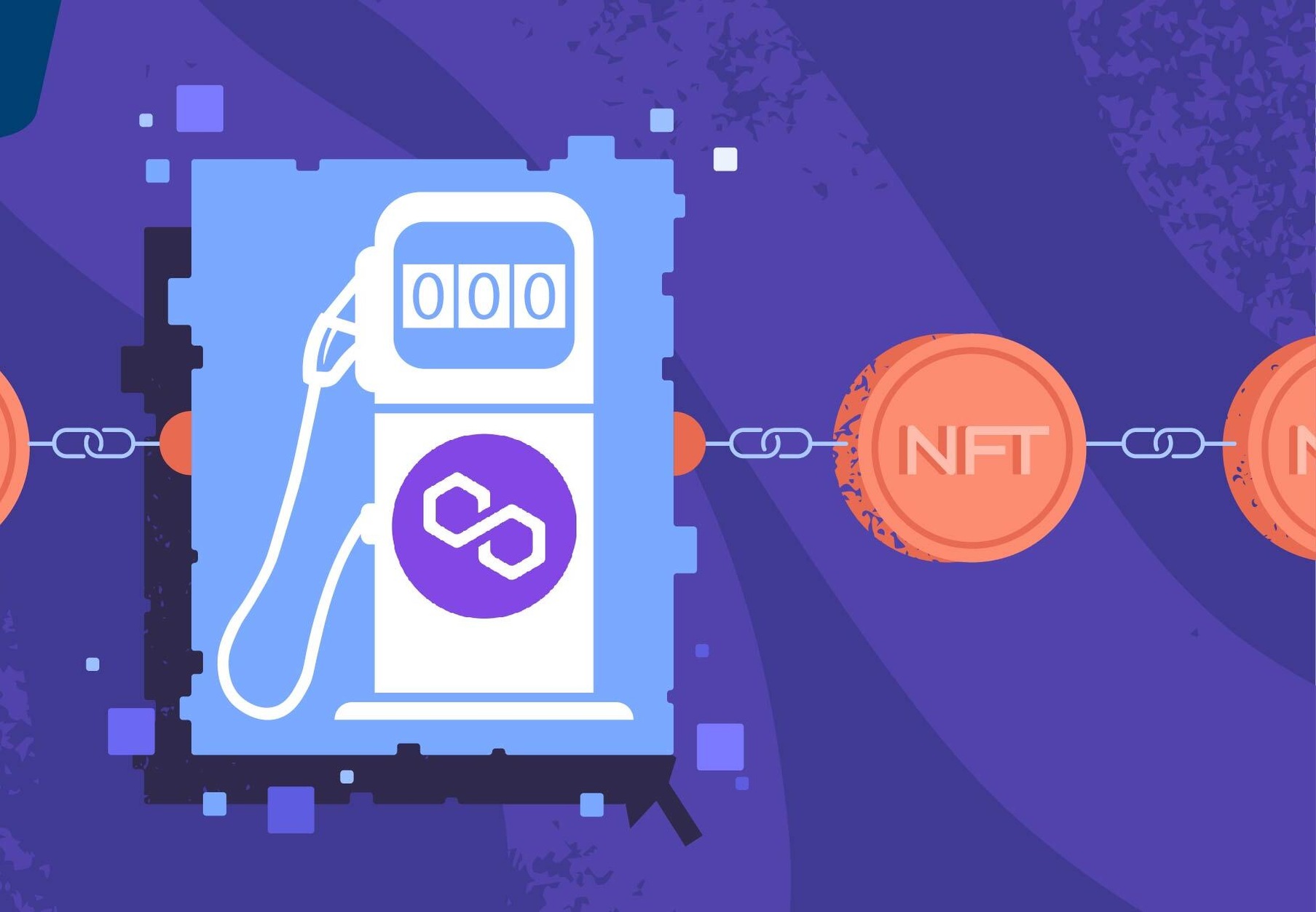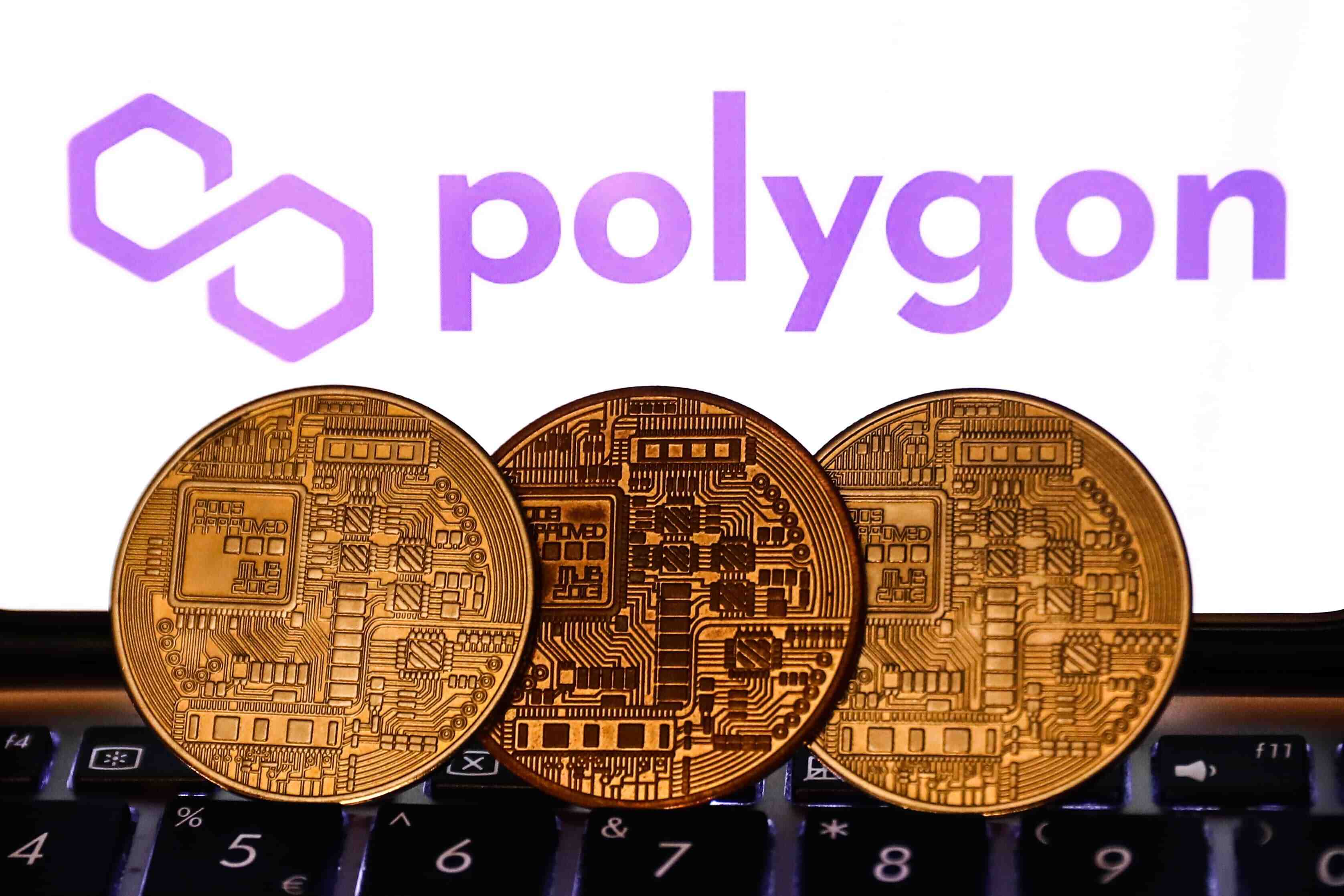What is Layer 2 Blockchain
Layer 2 blockchain, also known as off-chain solutions or scaling solutions, is a concept that aims to address the scalability challenges of blockchain technology. It involves building secondary protocols on top of existing blockchain networks to improve transaction throughput and reduce fees.
The concept of layer 2 blockchain is based on the idea of moving some computational processes off the main blockchain, thereby reducing the burden on the primary network. This approach allows for faster transaction confirmations and higher scalability, making blockchain technology more viable for widespread adoption.
The main objective of layer 2 solutions is to improve the overall performance and usability of blockchain networks without sacrificing the decentralization and security features that make blockchain unique.
Layer 2 solutions can be implemented in different ways, such as state channels, sidechains, and plasma chains. These approaches enable off-chain transactions, where multiple transactions are batched together and only the final outcome is recorded on the main blockchain. This significantly reduces the load on the main network and allows for faster and cheaper transactions.
Another common layer 2 solution is called rollups. This approach allows for bundling multiple transactions into a single transaction that is then submitted to the main chain. The necessary verification and execution of these transactions occur off-chain, reducing the computational burden on the main blockchain.
Layer 2 solutions effectively improve scalability by processing a large number of transactions off-chain and then settling the final state on the main blockchain. This approach allows for a higher throughput and lower costs compared to the limitations of the base layer blockchain.
By implementing layer 2 solutions, blockchain networks can achieve significant performance improvements, making them more efficient for various applications such as decentralized finance (DeFi), gaming, and supply chain management.
It’s important to note that layer 2 solutions are typically built on top of existing blockchain networks, leveraging their security and decentralization. This means that the underlying layer 1 blockchain acts as the ultimate source of truth, providing a trustless and transparent foundation for layer 2 transactions.
Overall, layer 2 blockchain solutions are instrumental in overcoming scalability challenges, enabling blockchain networks to scale and meet the demands of real-world applications. By offloading computation to secondary protocols, layer 2 solutions offer a promising approach to increasing transaction throughput and improving the user experience of blockchain technology.
How Layer 2 Blockchain Works
Layer 2 blockchain works by leveraging secondary protocols to process and validate transactions off the main blockchain. These protocols are designed to enhance scalability and improve the overall performance of the blockchain network.
One of the key concepts in layer 2 blockchain is the use of off-chain computation. Instead of executing every transaction on the main blockchain, layer 2 solutions perform a majority of the computational processes off-chain. This reduces the computational load on the main blockchain, resulting in faster transaction confirmations and lower fees.
There are several approaches to implementing layer 2 solutions, including state channels, sidechains, and plasma chains. State channels are essentially off-chain payment channels that allow parties to conduct multiple transactions without directly interacting with the main blockchain. These channels enable fast and inexpensive microtransactions while maintaining the security of the underlying blockchain.
Sidechains, on the other hand, are separate chains that are interoperable with the main blockchain. They allow for the execution of smart contracts and the processing of transactions separate from the main chain. Sidechains can handle a large volume of transactions, freeing up the main blockchain to focus on critical tasks.
Plasma chains are another layer 2 solution that relies on a hierarchical structure of interconnected chains. These chains can process a large number of transactions independently, and only the final outcomes are submitted to the main blockchain. This approach allows for high scalability, as the majority of transactions are processed off-chain.
Another popular layer 2 solution is rollups, which bundle multiple transactions into a single batch transaction on the main blockchain. The details of the individual transactions are processed and verified off-chain, reducing the computational overhead of the main network. This approach improves scalability by efficiently handling a large number of transactions in a single transaction.
Overall, layer 2 blockchain works by utilizing secondary protocols to distribute the computational workload and increase the scalability of blockchain networks. By performing a significant portion of the transaction processing and validation off-chain, layer 2 solutions enhance the speed, efficiency, and cost-effectiveness of blockchain transactions.
Benefits of Layer 2 Blockchain
Layer 2 blockchain offers several important benefits that make it a valuable solution for addressing the scalability challenges of blockchain technology:
- Scalability: One of the key advantages of layer 2 blockchain is improved scalability. By processing transactions off-chain, layer 2 solutions can significantly increase the transaction throughput of blockchain networks. This allows for more efficient handling of a large number of transactions, making blockchain technology more practical for mainstream adoption.
- Reduced Fees: Layer 2 solutions also help in reducing transaction fees. By moving some computational processes off the main blockchain, the cost of transaction processing is decreased. This enables users to enjoy cheaper and more cost-effective transactions on blockchain networks, making it more accessible for a wider range of applications.
- Faster Transaction Confirmations: With layer 2 blockchain, transaction confirmations can occur much faster. Since most of the transaction processing happens off-chain, transaction speeds are significantly increased. This is especially beneficial for applications requiring real-time or near-instantaneous transaction confirmations, such as payment systems or high-frequency trading.
- Enhanced User Experience: Layer 2 solutions improve the overall user experience of blockchain applications. By reducing transaction fees and increasing transaction speeds, users can enjoy a seamless and efficient experience when interacting with blockchain-based services. This encourages wider adoption of blockchain technology and opens up new possibilities for various use cases.
- Increased Privacy: Some layer 2 solutions also provide enhanced privacy features. By conducting transactions off-chain, layer 2 protocols can offer increased privacy protection, as transaction details are not immediately recorded on the main blockchain. This can be beneficial for users who prioritize privacy and confidentiality in their blockchain transactions.
The benefits of layer 2 blockchain extend beyond scalability and performance improvements. These solutions enable blockchain networks to be more accessible, cost-effective, and efficient, positioning them as a practical solution for a wide range of applications.
Popular Layer 2 Blockchain Projects
There are several prominent layer 2 blockchain projects that have gained significant traction in the blockchain community. These projects are aimed at overcoming the scalability limitations of traditional blockchain networks and offer innovative solutions for improved transaction throughput and efficiency. Here are a few noteworthy examples:
- Ethereum Layer 2 Solutions: Ethereum, one of the most widely adopted blockchains, has seen significant development in layer 2 solutions. Projects like Optimistic Rollups, zkRollups, and Plasma have emerged as popular layer 2 scaling solutions for Ethereum, allowing for faster, cheaper, and more scalable transactions.
- Lightning Network: The Lightning Network is a layer 2 scaling solution for the Bitcoin blockchain. It enables instant, low-cost micropayments by creating payment channels between participants. By conducting most transactions off-chain and settling the final result on the Bitcoin blockchain, the Lightning Network significantly increases Bitcoin’s scalability.
- Near Protocol: Near Protocol is a layer 2 blockchain platform focused on scalability and usability. It enhances the speed and efficiency of transactions by utilizing sharding technology and running smart contracts off-chain. Near Protocol aims to provide a user-friendly experience and support high-performance decentralized applications.
- Matic Network: Matic Network is a layer 2 scaling solution for Ethereum, designed to improve scalability and user experience. It leverages sidechains and a modified version of the Plasma framework to process transactions off-chain. Matic Network aims to enable fast and cost-effective transactions for Ethereum DApps while maintaining the security and decentralization of the Ethereum mainnet.
- Loopring: Loopring is a layer 2 protocol for decentralized exchanges (DEXs) that operates on the Ethereum blockchain. It utilizes zkRollups technology to batch and process multiple transactions off-chain, significantly improving the scalability and throughput of decentralized trading. Loopring aims to address the high fees and slow transaction speeds associated with traditional Ethereum-based DEXs.
These are just a few examples of the popular layer 2 blockchain projects that are actively working on improving scalability and performance. These projects utilize different layer 2 solutions, such as rollups, sharding, and sidechains, to achieve their scalability goals. As layer 2 solutions continue to evolve, we can expect more innovative projects to emerge, enabling blockchain networks to scale and accommodate a variety of applications.
Challenges and Limitations of Layer 2 Blockchain
While layer 2 blockchain solutions offer significant benefits, there are also challenges and limitations that need to be considered. These factors can impact the adoption and effectiveness of layer 2 solutions. Here are some notable challenges:
- Security: Layer 2 solutions rely on the underlying layer 1 blockchain for security. While layer 1 blockchains are designed to be secure and decentralized, any vulnerabilities in the layer 2 protocols or implementations can pose risks. Ensuring the security of layer 2 solutions is critical to maintain the trust and integrity of blockchain networks.
- Interoperability: Layer 2 solutions are often specific to a particular blockchain network, which can create interoperability challenges. Integrating layer 2 solutions across different blockchain platforms can be complex and require additional development and coordination. Interoperability standards and protocols need to be established to enable seamless communication and value transfer between different layer 2 solutions.
- Complexity: Implementing layer 2 solutions can be technically complex, requiring specialized knowledge and expertise. Developing and integrating layer 2 technologies may involve significant time and resources. Moreover, the complexity of layer 2 solutions can hinder mainstream adoption and limit accessibility for developers and users who are not well-versed in blockchain technology.
- Centralization: Some layer 2 solutions may introduce elements of centralization. For instance, some implementations may rely on trusted validators or operators to process off-chain transactions. This can raise concerns about potential concentration of power and potential vulnerabilities that could compromise the decentralized nature of blockchain networks.
- User Experience: While layer 2 solutions aim to enhance the user experience of blockchain applications, there may be trade-offs in terms of user accessibility and familiarity. Users may need to interact with multiple protocols or wallets to access layer 2 functionalities, which can introduce additional complexity and friction.
- Upgrade Compatibility: Implementing layer 2 solutions may require upgrades or modifications to the existing layer 1 blockchain protocol. Ensuring compatibility between different versions and upgrades can be challenging and may require coordination among developers and the broader blockchain community.
Addressing these challenges and limitations is crucial to realizing the full potential of layer 2 blockchain solutions. By continuously improving security, promoting interoperability, simplifying implementation, and prioritizing user experience, the adoption and effectiveness of layer 2 solutions can be maximized.
Future of Layer 2 Blockchain
The future of layer 2 blockchain looks promising, as it continues to play a vital role in addressing the scalability challenges of blockchain technology. Layer 2 solutions have the potential to revolutionize blockchain networks by significantly improving transaction throughput, reducing fees, and enhancing the overall user experience. Here are some key aspects to consider regarding the future of layer 2 blockchain:
- Increased Adoption: As layer 2 solutions continue to mature and prove their efficiency, we can expect increased adoption of these technologies. Layer 2 blockchain projects are actively exploring different approaches such as state channels, rollups, and sidechains, which cater to a diverse range of use cases. This growing adoption will drive innovation and further development in the space.
- Emerging Standards: As more layer 2 solutions emerge, a need for interoperability and standardization will arise. Establishing common frameworks and protocols will facilitate seamless integration between different layer 2 implementations. This will enable efficient value transfer and communication across various blockchain networks and layer 2 solutions.
- Improved Security: Security measures will continue to evolve and strengthen in layer 2 solutions. Ensuring the robustness of layer 2 protocols and implementations will be crucial to maintain trust and protect user funds. Ongoing research and development will focus on enhancing the security mechanisms of layer 2 solutions, addressing potential vulnerabilities and minimizing risks.
- Integration with Layer 1 Upgrades: Layer 2 solutions can complement and work in tandem with upgrades to layer 1 blockchain protocols. As layer 1 blockchains implement advancements like sharding, proof-of-stake, and scalability improvements, layer 2 technologies can further enhance these capabilities. This integration will enable even greater scalability, efficiency, and functionality in blockchain networks.
- User-Friendly Interfaces: One of the key areas of focus for the future of layer 2 blockchain is improving user interfaces and accessibility. User-friendly interfaces and simplified onboarding processes will make it easier for users to interact with layer 2 solutions and enjoy the benefits of increased scalability and reduced fees. Providing a seamless user experience will be essential for wider adoption and mass-market penetration.
- Exploration of New Layer 2 Solutions: The future of layer 2 blockchain will see the exploration of new techniques and approaches to further enhance scalability and performance. Developers and researchers will continue to innovate, creating novel layer 2 solutions that tackle specific challenges and cater to the diverse needs of different industries and applications.
Overall, the future of layer 2 blockchain is promising, with continuous advancements aimed at realizing the full potential of blockchain technology. As issues of scalability and usability are addressed through layer 2 solutions, blockchain networks will become more efficient, cost-effective, and accessible, paving the way for broader adoption and transformative use cases across various industries.







